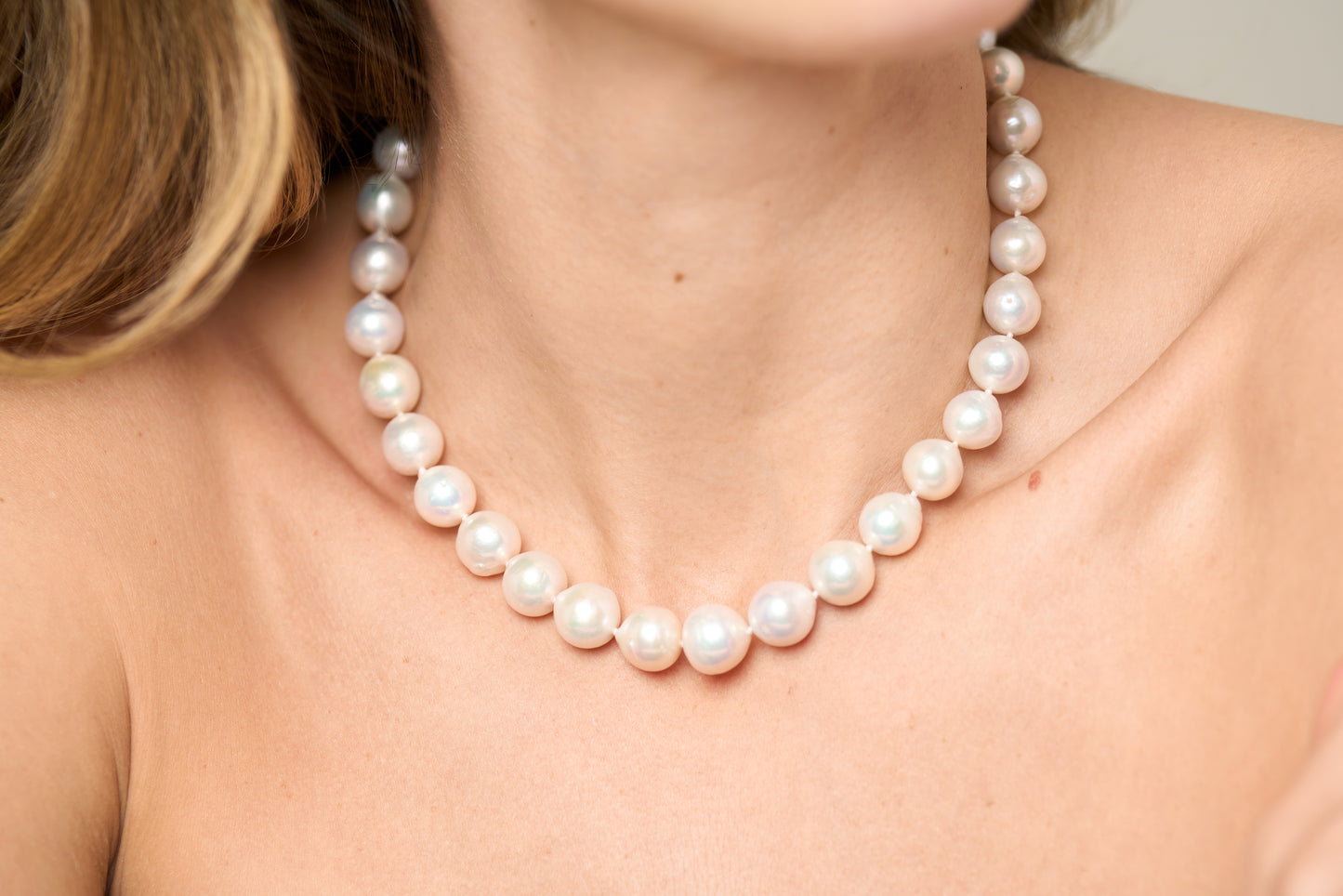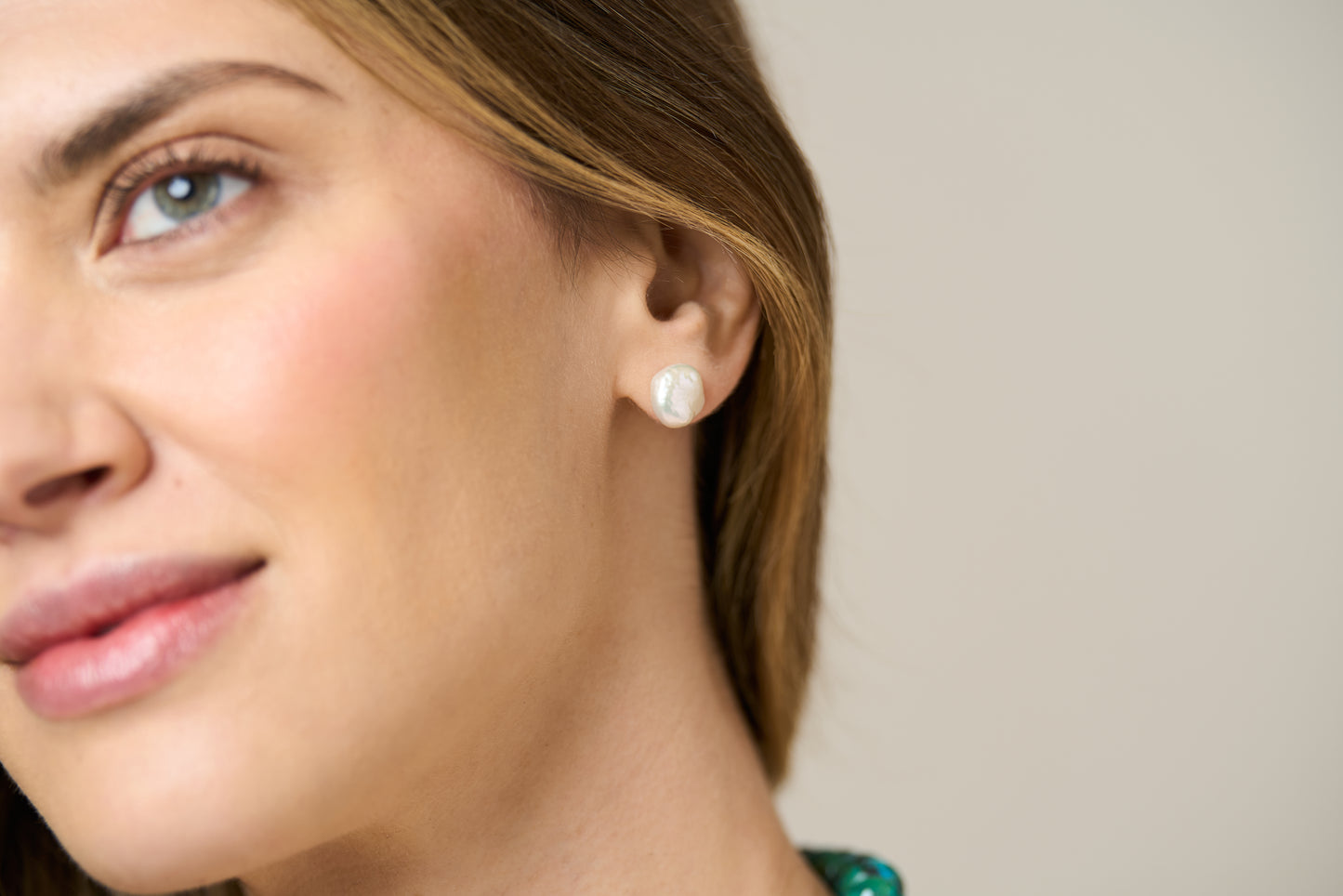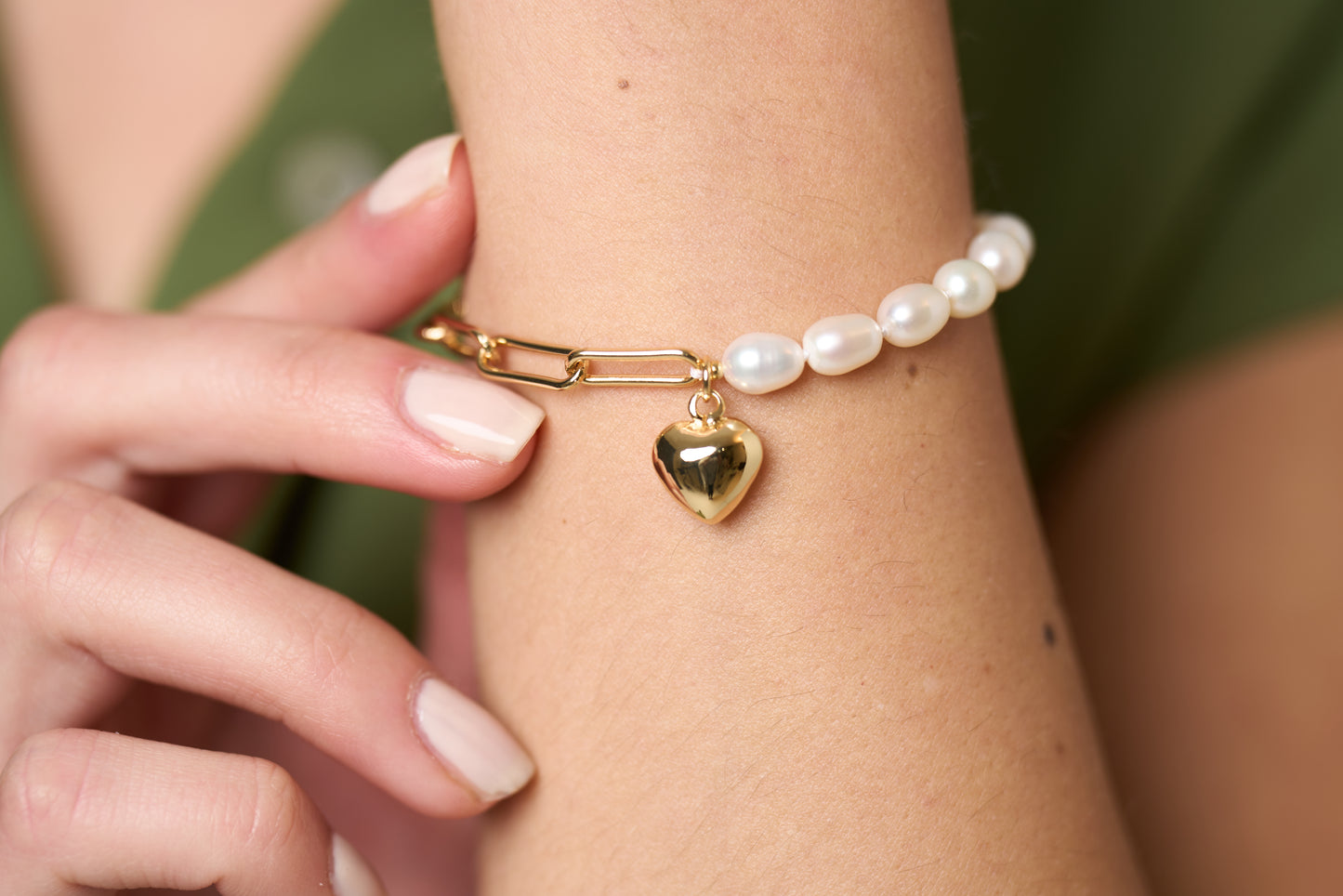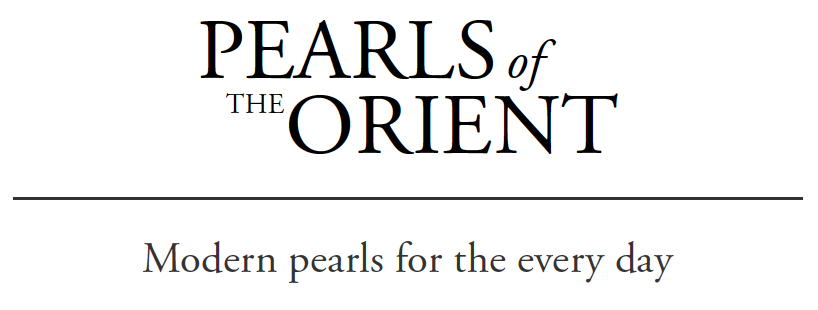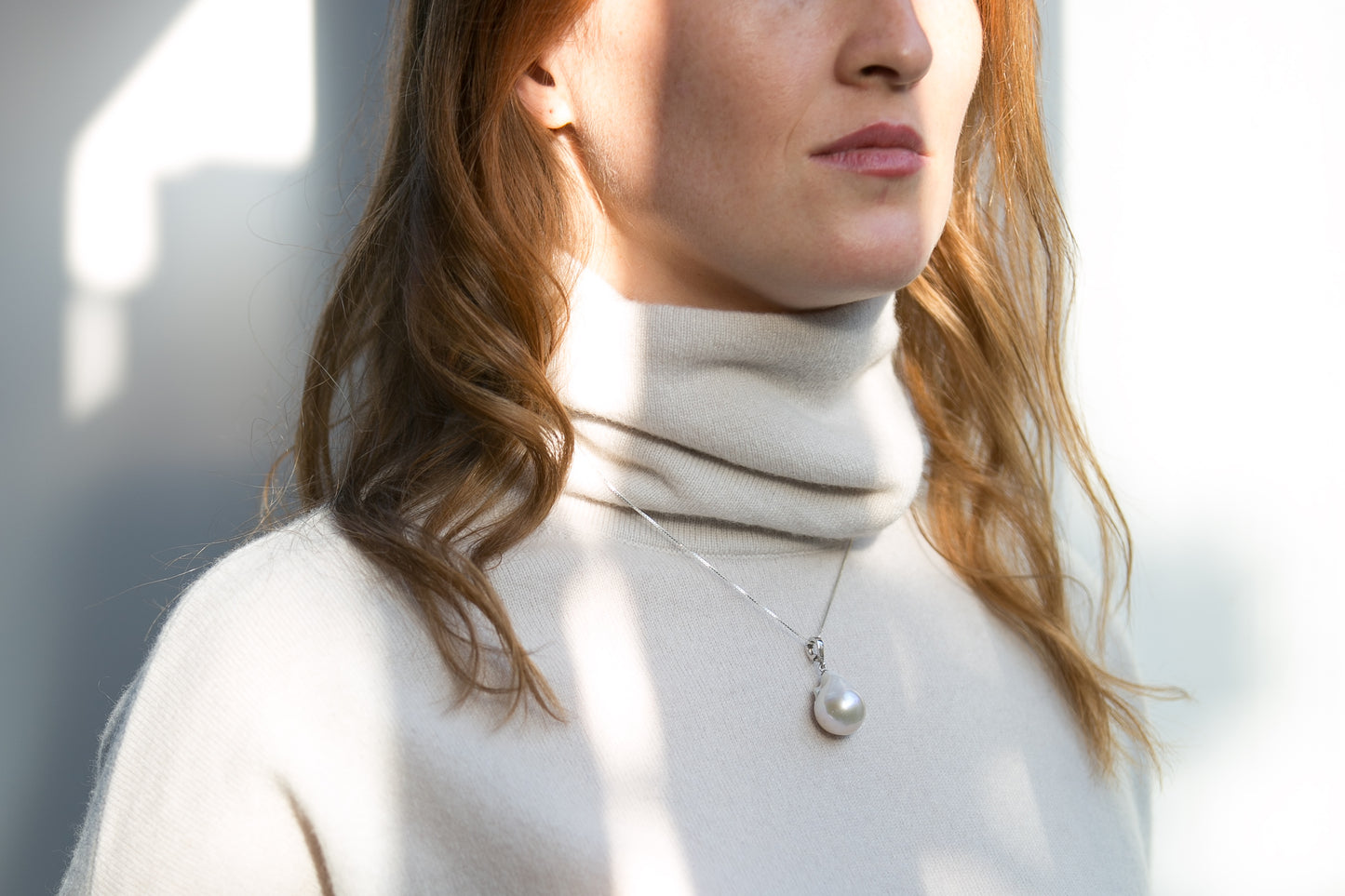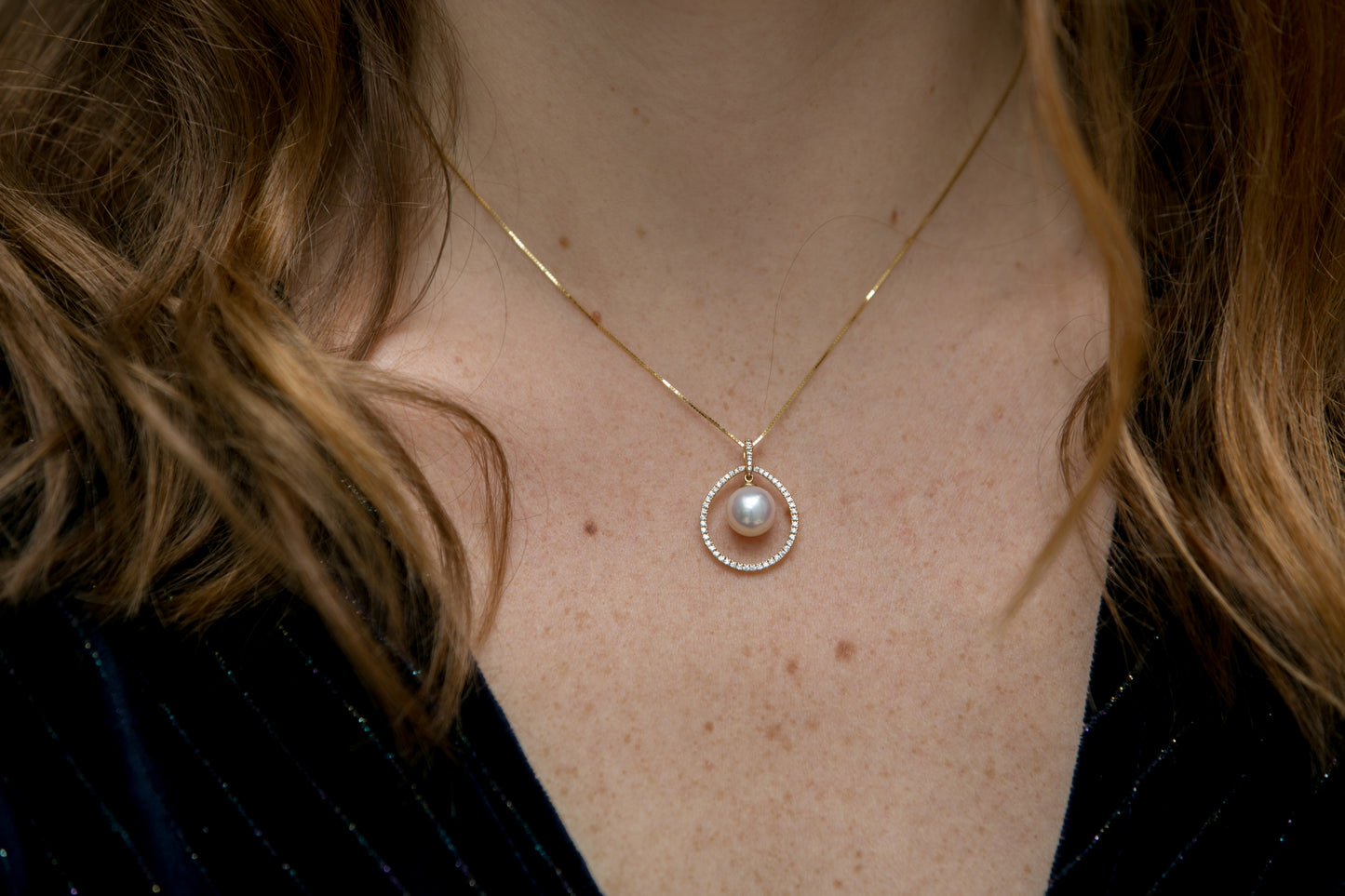About Pearls — Cultured Pearls
How do I tell the difference between Natural, Cultured and Imitation Pearls?
Whilst there is a range of tests requiring varying levels of technique and, in some cases, sophisticated equipment, the easiest test for the lay person is called the ‘tooth test’. Rub the pearls lightly along the biting edge of your upper front teeth. If they feel gritty or sandy, it’s likely they are cultured or natural pearls. If they feel smooth, they are probably imitation! It is important to rub it lightly as imitation pearls can be scratched. We would recommend (because of today’s technology and imitation pearls can look very convincing) that if you are unsure it is worth...
South Sea Pearls
South Sea pearls are regarded as the crème de la crème of sea pearls and are famous for their large size, striking colours and stunning lustre. South Sea pearls are cultured in the Pinctada maxima saltwater oyster, of which there are two types: the silver-lipped and the gold-lipped oyster. It is generally the colour of the oyster lip that determines the natural colour of the pearl produced. Silver-lipped oysters typically produce the whites and creamy South Sea pearls and the gold-lipped oyster produces shades of gold, champagne, pink and other warm-based hues. The oysters are native to the warm, tropical waters of the South...
